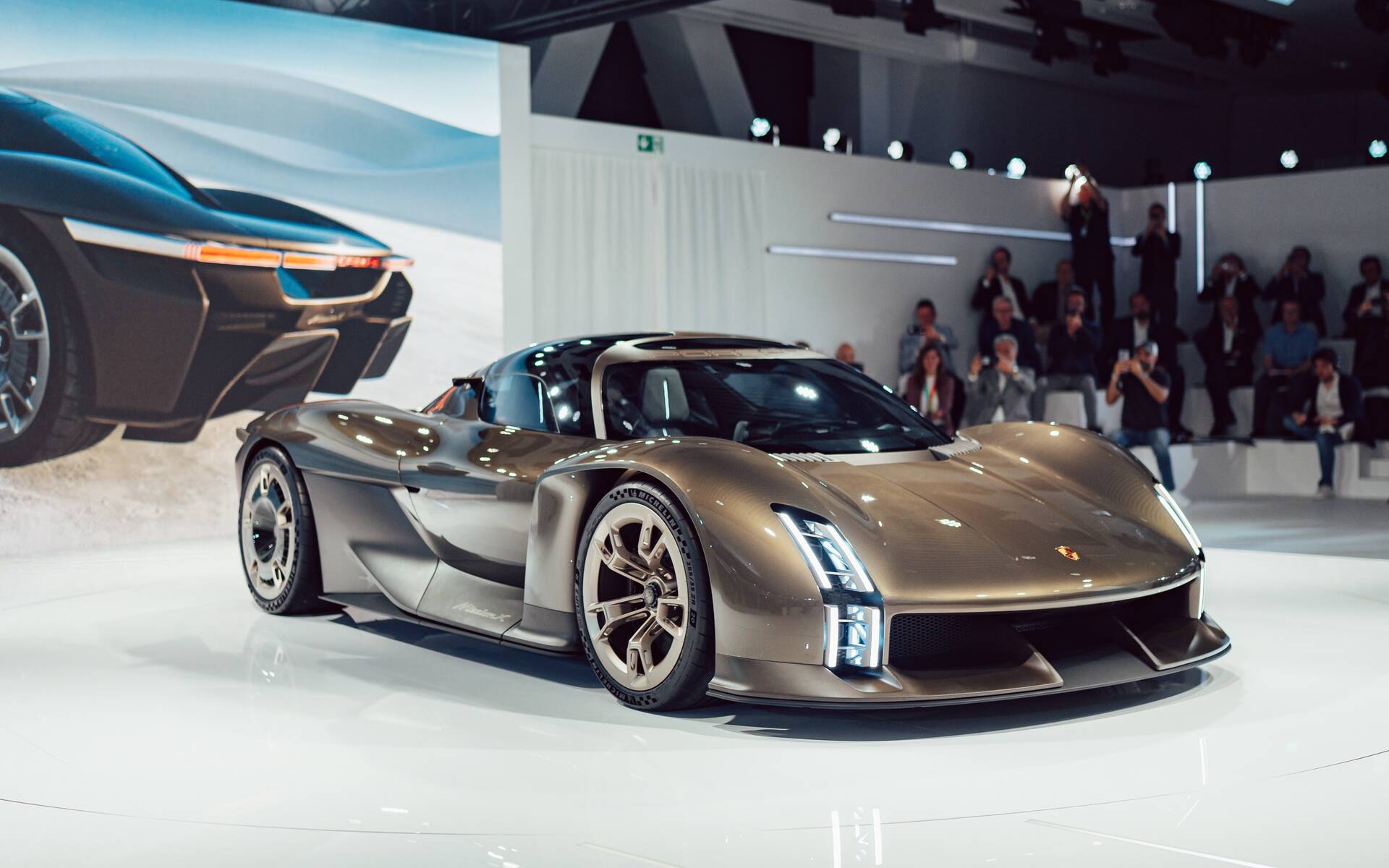Porsche Mission X Concept Previews Possible New Hypercar

The glorious 918 Spyder was Porsche’s last hypercar, but a new one may be on the way, as previewed today by the Mission X design study.
“The Porsche Mission X is a technology beacon for the sports car of the future. It picks up the torch of iconic sports cars of decades past: like the 959, the Carrera GT and the 918 Spyder before it, the Mission X provides critical impetus for the evolutionary development of future vehicle concepts,” said Oliver Blume, Chairman of the Executive Board of Porsche AG.
Read also
- 2024 Porsche Cayenne: Just Keeps Getting Better and Better
- Confirmed: Porsche Cayenne to Go Electric, Larger SUV Also Coming
Measuring approximately 4.5 metres long and 2 metres wide, the Mission X is a relatively compact hypercar. With a wheelbase of 2.73 metres, it has the dimensions of the Carrera GT and 918 Spyder. The low-slung body, which is less than 1.2 metres tall, is finished in Rocket Metallic, an elegant paint colour specially created for this design study. Accents and components in carbon fibre are found below the beltline.

For aerodynamic purposes, the Mission X rides on staggered tires, with 20-inch wheels at the front and 21-inch wheels at the rear. The rear axle is fitted with almost transparent aero blades, which are designed like turbines for better cooling of the brakes.
Another eye-catcher is the light signature: designers have reinterpreted the characteristic Porsche four-point graphic. The vertical base form of the headlights was inspired by historic racing cars such as the Porsche 906 and 908 and drawn well down towards the road. A high-tech support structure frames the LED light modules and presents the exposed narrow elements of daytime running lights and indicators. When activated, the light opens up like an eye blinking open.

A full-length light unit that appears to be floating characterizes the rear of the Mission X. Transparent, illuminated Porsche lettering is a standout feature, too. The sculptural rear light emerges, as if suspended in the air, from a support structure and extends across the entire width of the vehicle in four segments. Oh, and when charging, the ‘E’ of the Porsche lettering pulses.
Elsewhere, a lightweight glass dome with an exoskeleton made of carbon fibre-reinforced plastic (CFRP) extends over both occupants. Le Mans-style doors are attached to the A-pillar and roof, opening forwards and upwards.
The two seats in the driver-focused interior are coloured differently. Apart from the leather pads in Andalusia Brown, the driver’s seat is Kalahari Grey and forms a single unit of colour with the centre console and dashboard. The passenger’s seat is in the contrasting Andalusia Brown shade. Beyond the CFRP seat shells and their six-point seatbelts integrated into the monocoque, further motorsport parallels include the open-top steering wheel, which has mode switches and shift paddles.

Porsche did not provide any specs for this design study, but if the Mission X ever goes into series production, the automaker expects it to be the fastest road-legal vehicle around the Nürburgring Nordschleife thanks to a power-to-weight ratio of roughly one horsepower per 2.2 lbs. Downforce values should be well in excess of those delivered by the current 911 GT3 RS.
As for charging, the 900V system architecture means it could charge roughly twice as quickly as the Taycan Turbo S. How impressive is that?








